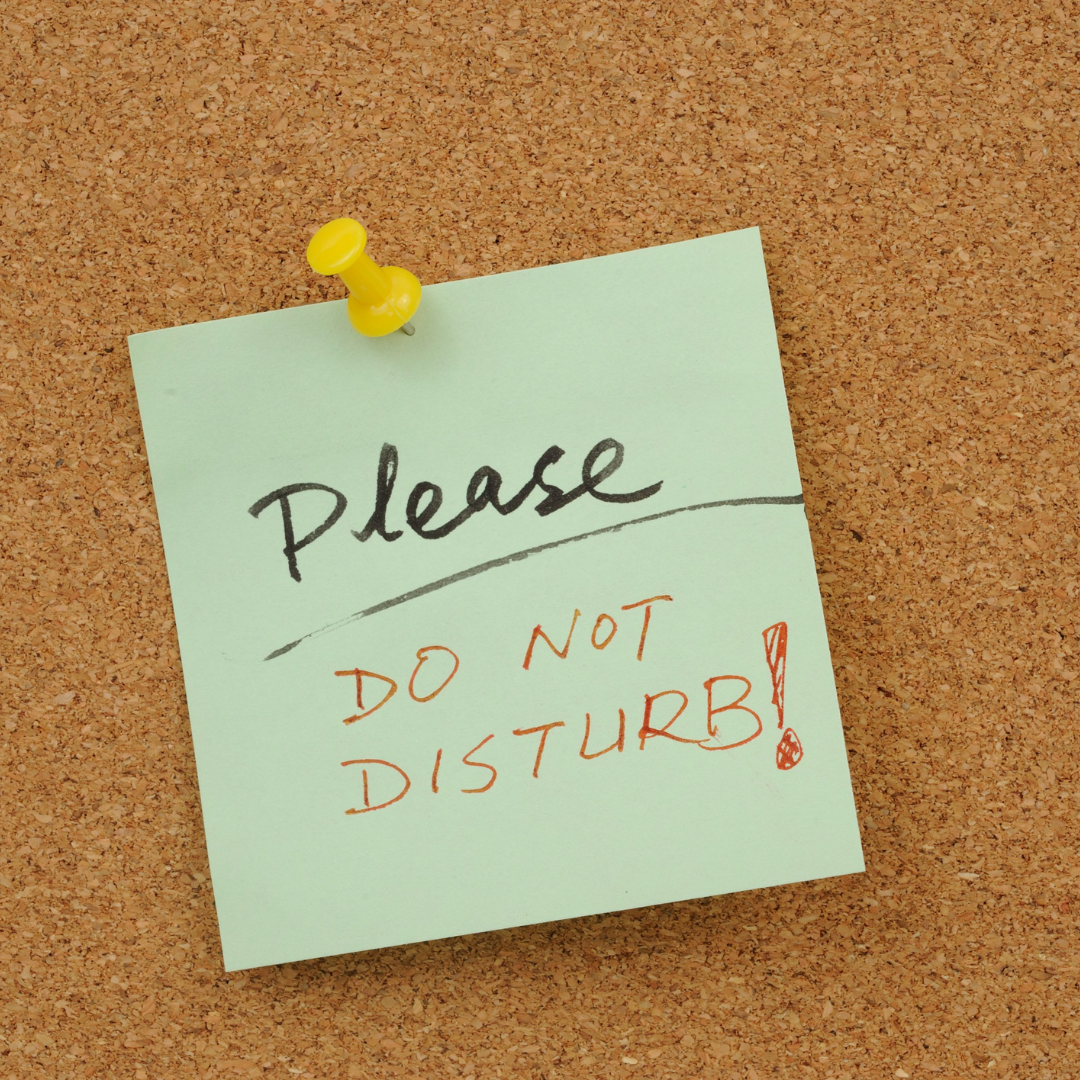In a 2022 Gallup Study recently published on the State of the Global Workplace, it found that only 21% of employees are engaged at work, and only 33% are thriving in their overall well-being. Although the study found that employees in the U.S. and Canada were some of the most engaged, it also found that we are some of the most worried and stressed.
Taking the time to invest in yourself or your employees is a worthwhile venture. Here are a few starting questions to help you and those around you unburden from this dissatisfaction and stress.
What is within my control to change?
I used to only work in my office with my door open. I had heard complaints of the person previously in my position never being available to his staff and spending all his time in his office with his door closed. I wanted my staff to feel that they could come to me with questions and issues at any time. It worked! They would knock on my door at any time. "Do you have a minute?" they would ask. "Of course!" I would reply.
Although much trust was built, my productivity went way down. I found myself having to bring home more and more work. I also found myself complaining about my staff to friends and family. I felt disengaged and anxious at work like everyone "needed" me all the time. Then I realized it really wasn't about them. I was the one not setting the boundaries I needed to get my work done.
So I started closing my door for an hour or two at a time, leaving a note that I was not to be disturbed unless it was an emergency. The staff would leave messages on my door asking me to let them know when I was done, and I would check in with them at the end of the time. Suddenly, my work had meaning again, and I wasn't so annoyed when interrupted! A simple change made a world of difference.
| As you go about your day, notice when you tense up or get annoyed at something simple. Write it down on a list. At the end of the week, look at the list and see if you notice a pattern. If so, name one or two changes you can make that are within your control. Remember to keep the focus on yourself. What can you change? |

What would success look like?
One of the first things we teach in coach training is how to narrow the session's focus. This becomes vital, so our time together is as productive and forward-moving as possible. Once the topic is clear I ask, "What would success for our session look like?" or "At the end of our time together, how will you know we've been successful?"
Although organizational and systematic change takes time, one thing is emerging that can boost employee engagement and satisfaction immediately: meetings. Narrowing the focus of your meeting to one topic and laying out what is needed from the time (what success looks like) will engage the work for the time you've asked for. When expectations are clear, everyone wins.
| As you plan a meeting, ask yourself what the purpose of the meeting is and what needs to be accomplished. Keep it short. Then clearly communicate that to everyone involved and keep the meeting to that scope. If it is a regular check-in, ask yourself if this could be done differently. Could a project checklist be created, or a Slack team be set up instead? If it's a brainstorming session where you want your staff at their creative best, ask them what time of day they think is best and how long they think they could be productive. Consider changing the environment for creative work, or offer lunch ahead of time. For shorter meetings, consider asking everyone to stand. People are more succinct when they're standing! |

Stop Taking Work To-Go
Since the invention of the palm-sized computer that goes everywhere with me, I have struggled to stop working. If I'm honest, I was never good at it. I had to-do lists running through my head, or I would replay a conversation, or I would be writing a project in the shower. Working from home is not a new invention. We've always carried our work home, even if just in our heads.
I am a list maker; I love a good list! Each morning I would sit down at my desk and make a list for the day, then one for the week, and also one of the ongoing projects. Doing this at the beginning of the day, I thought, was a great way to start, but the truth is, it meant that all evening I was trying to remember what I needed to do the next day. So I made one switch. I started making the to-do list at the end of the day.
One of the reasons we're disengaged is that we're never disengaged!
When we don't delineate between "on" and "off" hours, we are never fully present in what we are doing. Listen, I'm not great at compartmentalizing either, but if we never have downtime? No wonder we're all burnt out.
| Besides making a to-do list at the end of the day, what other end-of-the-workday rituals can you do? Are you in the habit of texting people during off-work hours? Do you have your business and personal emails on the same app? Have you communicated with those you work with about your off-hours communication preferences? Have you learned to use your phone or computer's "focus" settings or limit notifications during off hours? |
Engagement is an issue for everyone across the globe, so it's time for a change.
Schedule a time to talk if you're interested in doing a deeper dive for yourself or your organization around engagement. There are changes we can all make to unburden ourselves.
January 27, 2023


Comments